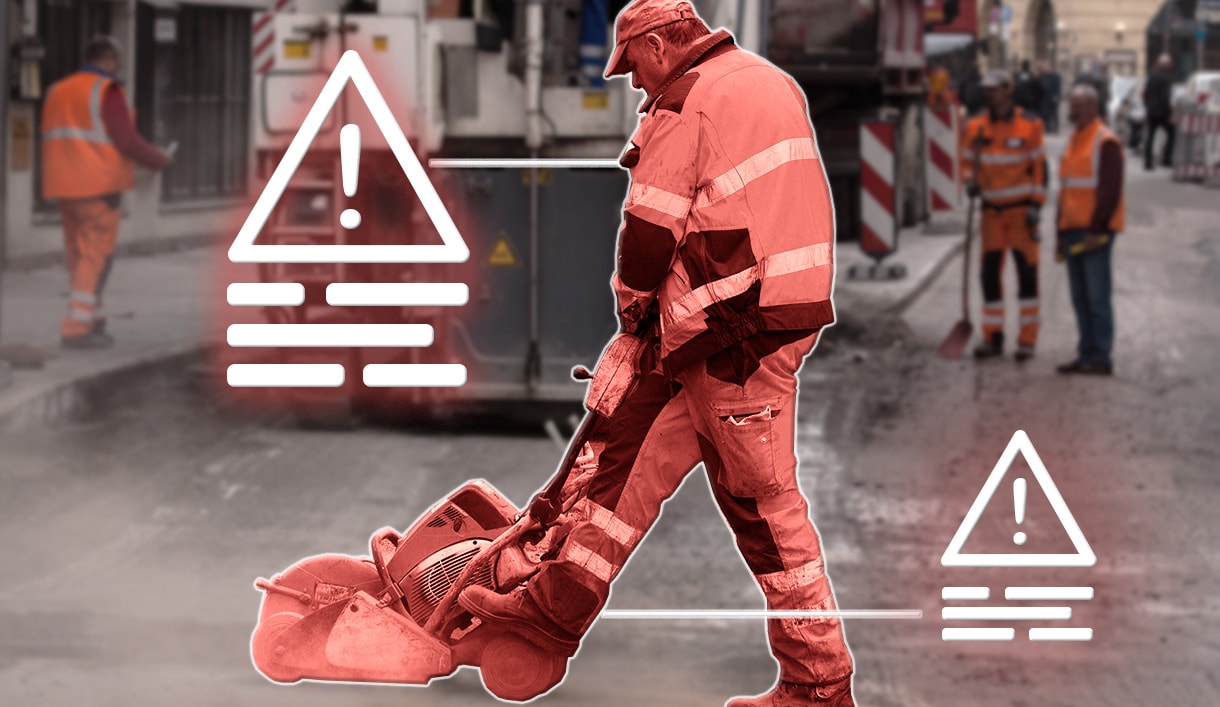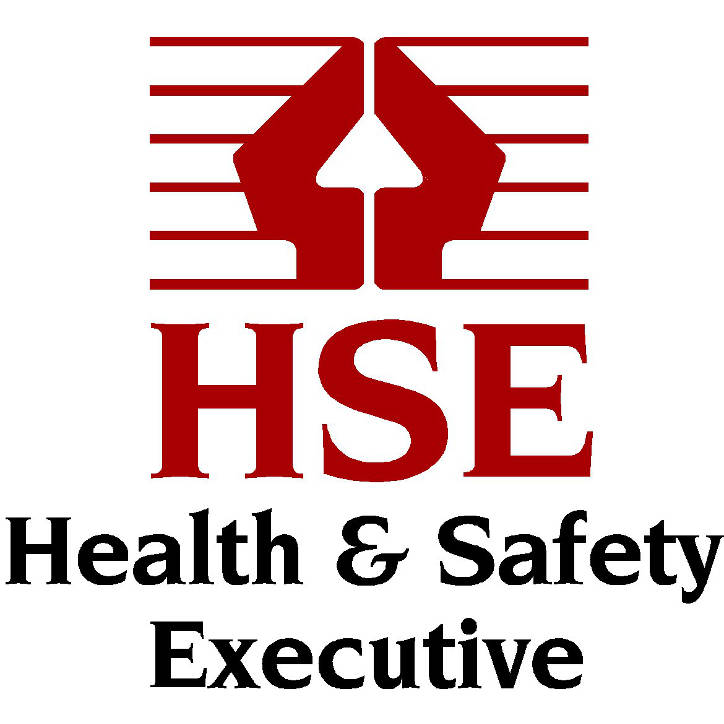50 years of the landmark HSWA
The Health and Safety at Work etc. Act 1974 also referred to as HSWA is a cornerstone of occupational health and safety legislation in the United Kingdom. Enacted on July 31, 1974, the Act was designed to secure the health, safety, and welfare of individuals at work and to protect others against risks arising from work activities. HSWA was the first legislation to mandate health and safety in all workplaces.
As we mark the 50th anniversary of this groundbreaking piece of legislation, it is appropriate to reflect on its profound impact on workplace health and safety and the overall culture of health and safety in the UK.
Pre-HSWA
Before the HSWA, workplace safety in the UK was governed by a patchwork of regulations, which were often industry-specific and reactive rather than preventive. For example, the Factories Act applied only to factories, and the Construction Regulations applied only to construction sites. Little health and safety legislation specifically applied to workplaces such as schools or hospitals.
High-profile industrial disasters and high accident rates highlighted the inadequacies of the existing framework. When the current official data began, there were 651 workplace fatalities in 1974.
From 1974 onwards, fatalities steadily declined. Since 2013, there have been fewer than 150 fatalities in every year. In 2023, there were 138 fatalities, but there has not yet been a year with fewer than 100 fatalities.
Key provisions of HSWA
HSWA introduced several key provisions that have had a lasting impact on workplace safety:
- General duties of employers: The Act imposes a general duty on employers to ensure, as far as reasonably practicable, the health, safety, and welfare of their employees at work. This includes providing safe systems of work, safe equipment, and adequate training.
- Duties of employees: Employees are also required to take reasonable care for their health and safety and that of others affected by their actions.
- Safety representatives and committees: The Act provided for the appointment of safety representatives by recognised trade unions and the formation of safety committees in workplaces. These representatives are crucial in promoting health and safety at the grassroots level.
- The Health and Safety Executive (HSE): The Act established the HSE, which was tasked with enforcing the HSWA and other related legislation provisions. The HSE has the authority to conduct inspections, investigate accidents, issue improvement and prohibition notices, and prosecute for breaches of health and safety laws.
Challenges and future directions
Despite the considerable progress made over the past 50 years, challenges remain. Emerging risks, such as those associated with new technologies, energy transition, mental health, and building safety, require continuous health and safety practices adaptation. Additionally, ensuring health and safety compliance among small and medium-sized enterprises (SMEs) remains challenging due to resource constraints.
Looking forward, the focus should be on maintaining the momentum that HSWA has given us. This includes updating regulations (and introducing new legislation where appropriate) to deal with new hazards and building upon the excellent worker participation initiatives that were a key part of Lord Robens brief when developing HSWA.
The impact of the HSWA legislation
The Health and Safety at Work etc. Act 1974 has transformed workplace health and safety in the UK over the past 50 years. By establishing a comprehensive legal framework and fostering a workplace health and safety culture, the act has significantly contributed to reducing workplace accidents and improving workers’ overall health and well-being.
As we celebrate this milestone, we must continue building on the achievements of the past five decades to ensure that all workers enjoy safe and healthy working conditions.









